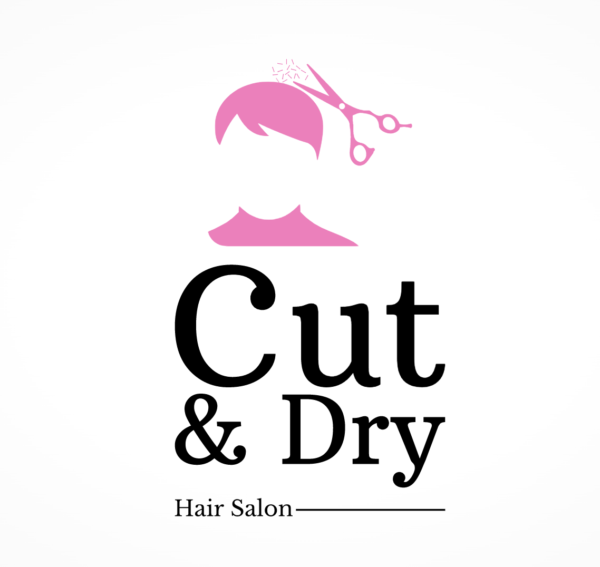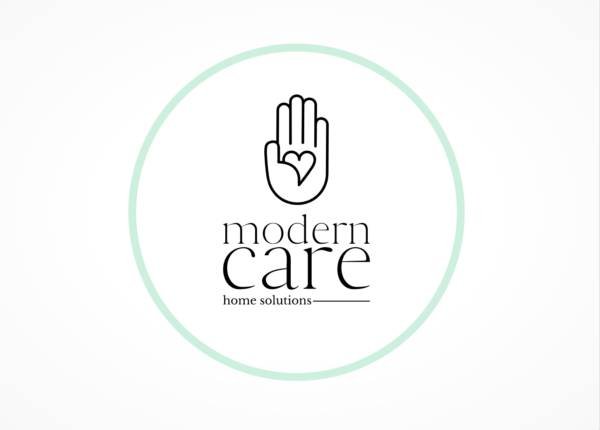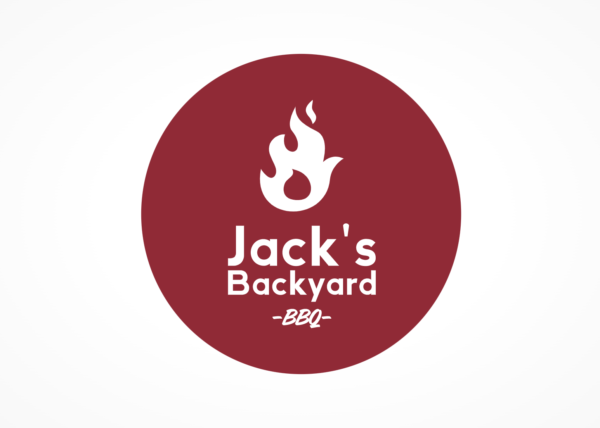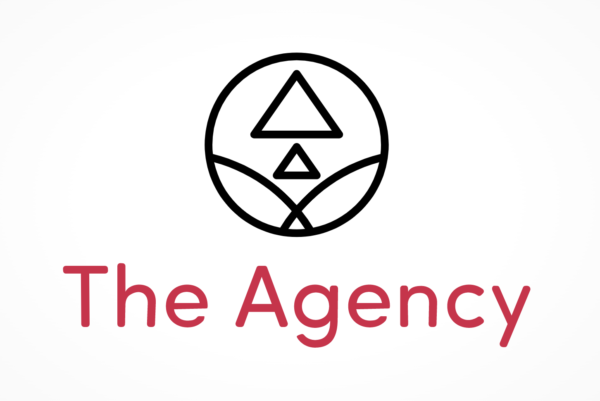
Brands have personalities just like people. The way a brand presents itself across all channels — website, email, ads, social media, direct mail, physical signage, etc. — influences customer perception of the business.
Your logo is an essential part of communicating your brand’s personality as it is the face of your business.
Think of all the brands that you come across every day: your favorite coffee, go-to fast food place, the spa you can’t stop recommending to people, or even the dental clinic you visit once in a while. If you were to see their logo in a different city, would you still recognize it? If the logo design is aligned with the brand vision and tells the brand’s story, chances are you will recognize it no matter where it appears.
As a business owner, you need to create a brand logo that talks to people, and makes an instant connection with your customers.
How? Here are some tips to help you create a strong logo design.
5 tips to create an impactful logo design
Before you go ahead and start generating a logo, think about all the channels where you will be using it, from mobile websites to event banners. Does it need to work both vertically and horizontally? Will the size matter? Some logos are great on a large canvas but don’t size down well. A lot of businesses create beautiful logos that unfortunately lose their essence when applied to different media.
Consider a real estate business that uses a logo with an icon of a villa. The intricate details of the villa may look great on their website, but it might be impossible to see within a small circle on the business’s Instagram page.
Your business logo must look compelling and be recognizable, no matter where you put it.
Here are 5 other logo design tips to get you started:
1. Brand story
What is the story behind your brand? What products or services do you offer? What types of customers do you serve? How long have you been in business? You can use these elements in your logo design to help tell your story.
Here’s an example of a logo design that is effective, conveys what the business is all about, and highlights the brand’s story:

The bicycle icon combined with the word ‘cycling’ in the name clearly demonstrates the business is all about cycling. The bolding of ‘Southside’ helps show that the business has ties to the local community, and the ‘est 2002’ suggests that the business has years of experience. The logo is encapsulating a lot of information.
2. Brand elements
Symbols and icons are a quick way to tell people about your business. Many industries have imagery that can be closely associated with them — chef hats for restaurants and bakeries, flowers for florists, scissors for hairstylists. These are small but significant elements that can catch the eye and highlight the business focus without the need for a lot of text. Iconography in a logo can draw a wider customer base for you as the imagery is universal and understood by all.
This simple hair salon logo instantly conveys what the business is all about:

Even if the business name was printed in a different language, if I saw this logo on a sign, I would still know that I could pop in for a haircut.
3. Brand colors
Color is an essential part of your logo. Think carefully as you choose your colors because they communicate on an emotional level. Every color is known to be associated with specific attributes and using the right colors can enhance your brand identity making potential customers take notice.

The simple visual above, enhanced with color, makes this logo stand-out and highlights the brand story.
Remember, once you pick your colors, stick with them. Be consistent with the colors you use for your communications to make it easy for people to recognize your business.
4. Fonts
When thinking of logo designs, pay special attention to the number and type of fonts you use in your logo. You want people to be able to read it. It’s best to not use more than two fonts in a logo to keep it from looking cluttered.
It’s generally better to choose from the Sans Serif font category like Arial, Helvetica, and Roboto. If you want a more artistic font, opt for Slab Serif font categories, like Rockwell and Clarendon. However, steer away from using the script font category like Brush Script, and Comic Sans is a definite no-no for a logo.

The best logos are ones that use simple fonts, like this one, which includes the San Serif for “Jack’s Backyard” and the more artistic font for “BBQ”:
There are different fonts, but both are the same color and are legible. I could read this logo easily, even if I were driving quickly past the sign.
5. Less is more
This is probably the most important logo design tip to keep in mind: less is more. If you include too many elements in one logo, lots of fancy fonts that can’t be read, or a mix of colors that are not complementary, you will only create a confusing or unappealing face for your brand. Customers are drawn to straightforward logos that are clear, memorable, and consistent with the brand story.
Keep it simple, just like this agency does here with their logo:

The legible font, the use of black for credibility and red for passion, make this a winning logo.
Let your logo do the talking
Your business logo is the face that customers recognize. Today, building your business identity is all about building communication with your customers.
Create a compelling and impactful logo that highlights your brand story. Think of the elements that are the essence of your business, and then use the right colors and fonts to evoke emotions and capture the attention of your customers.
Keep it simple; keep it strong.




